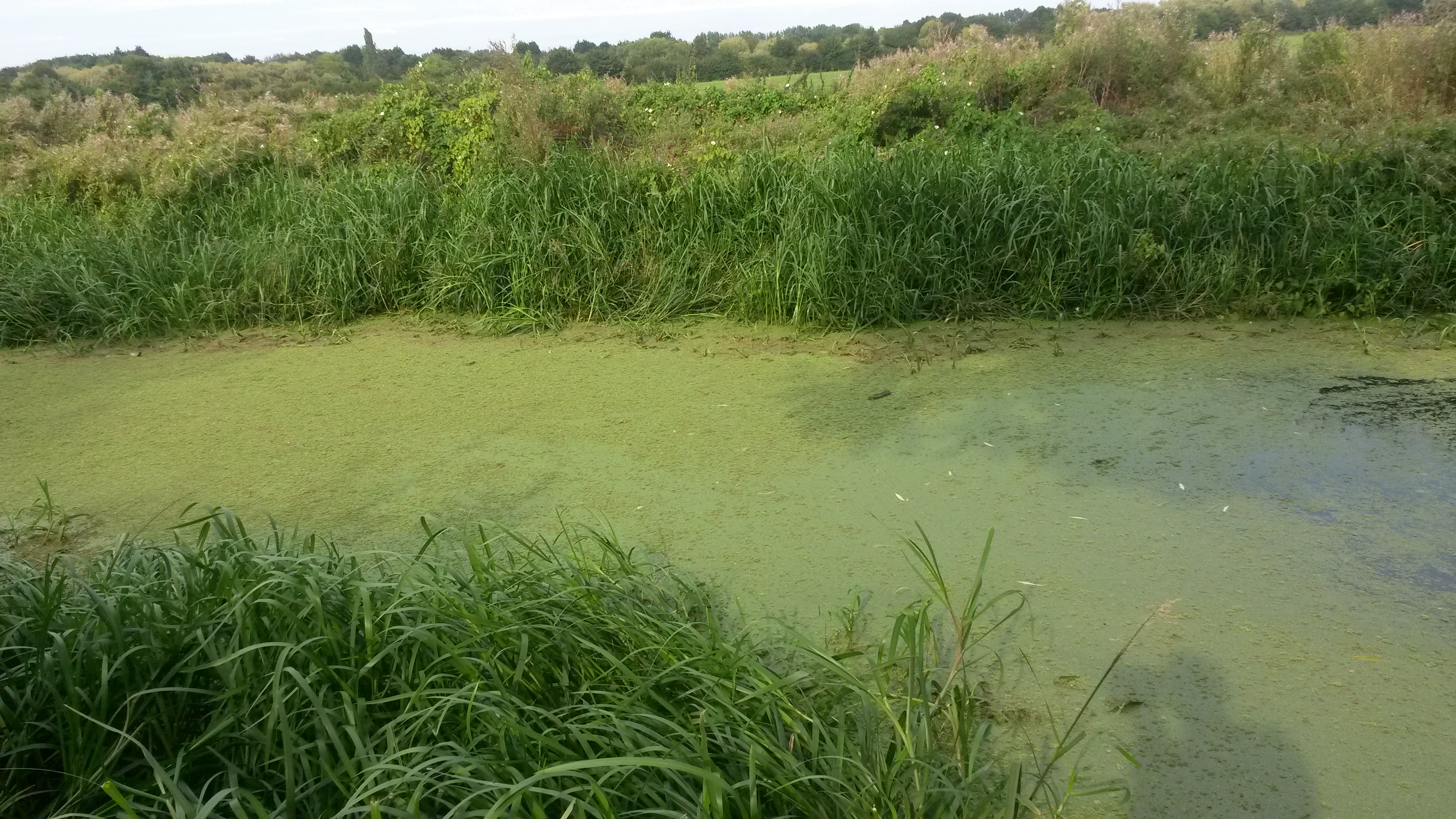


What you need to know
Reflections and Exam tips
Impact of Human activities
The human population went over 7 Billion in 2014 and its rising! China and India each have almost 1.3 Billion inhabitants. In january 2021, we have just under 8 Billion people on earth. Hooray we are doing it!!!
Not really! as the population grows, it brings with it challenges that Science and Technology have to cope with. These are examined below.
Why a sharp rise in the population?
- Improvements in medical science- less children and people are dying of preventable diseases, life saving medicines, vaccinations, sugery.
- Improvements in Science and technology- better living conditions, clean water, better quality of life.
- Developments in agriculture- fertilisers, pesticides, machinery mean that more food is produced, less starvation, more reproduction!
- Education- better quality of life, better life choices
- Less wars?- not sure about this ( a few angry people around the world still willing to start fights)
In as much as the reasons for growth are important, the side effects of the increase are even more important as they threaten the future survival of our species.
The impacts
As the population grows, it puts more pressure on the demand of (finite) resources. i.e.:The need for:
- Land for houses
- Land for roads
- Land for agriculture- to grow more crops and keep more animals to feed the 7 Billion mouths
- More water required
- Increased burning of fossil fuels because we need- more cars, planes, trains, electricity, heating, cooking
These result in:
1. Waste
Pressure to get more landfill sites, gases and chemicals causing air, water and land pollution.
2. Air pollution
Carbon dioxide- from burning fossil fuels, causes global warming, a phenomenon where Greenhouse gases trap excess heat within the atmosphere and prevent it from escaping. This leads to a rise in average temperatures, this leads to other consequences such as droughts, floods and melting of polar ice.
3. Land and water pollution
Fertilisers are used to increase the growth of crops hence produce more food for the populations. Similarly, pesticides are use to stop vermin (pests) eating our crops, spreading disease and being a general nuisance. However, both are soluble and 2 things can happen to them:
a. Pesticides
If pesticides are sprayed on plants (producers), they enter our food chains and they may end up in our bodies with disastrous consequences. The concentration of the pesticide increases up the food chain- because each animal has to eat many of the organisms which are its prey. This is called Bioaccumulation.
Example (not a silly musician)- DDT is a chemical which was widely used to kill mosquitoes to control the spread of Malaria. However, DDT ended up in food chains, with top carnivorous birds most affected; their eggs failed to develop hard shells meaning they couldn't produce chicks: a disaster!
b. Fertilisers
Fertilisers have to be used with care. They are soluble, and easily wash into rivers, streams and lakes. Once they are in theese water bodies, they encourage the growth of water weed and Algae (see picture). This is called Eutrophication. Algae, bacteria and water weed use up oxygen in respiration and deprive other water species like fish of oxygen, the fish die and float on the surface.

4. Deforestation
5. Loss of habitats:
The most common image of this is the destruction of rainforests in Brazil to make way for land to keep cattle for beef, which they sell to the western world (rich enough to afford this delicacy). Next time you go into a supermarket, check the origins of the beef (Just for science; we do not promote activism).
6. Loss of biodiversity
Biodiversity is the variety of organisms in a habitat, as a general rule, the more natural the better. Rainforests and forests are very rich ecosystems in terms of the variety of species. They support a variety of organisms and are a potential source of important medicines and resources for the future.
- The destruction of plants significantly reduce the variety.
- If crops are grown on this land, this means only one species is allowed to grow (the diversity is reduced to one species)- a significant reduction of the variety. Organisms which used to survive on the other plants won't survive.